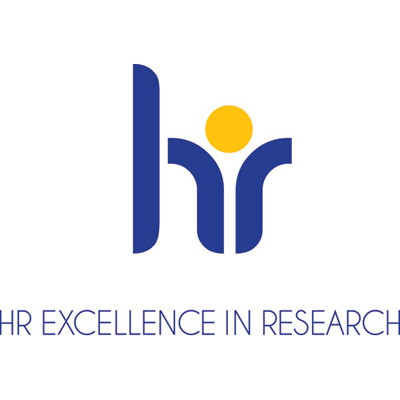Water treatment in times of climate change - More physics in environmental protection
How innovative methods can help save fresh water
Greifswald/Stralsund, November 30, 2023
Fresh water is one of the most valuable resources on our planet. Only around three percent of the world's available water is freshwater. Increasingly extreme weather conditions such as heat and droughts show that it is a precious commodity. At the same time, the demand for fresh water from business and industry is increasing. This is because an enormous amount of water is required for the production of food, which then has to be purified as waste or process water at great expense - usually chemically and at great cost.
Researchers in the PHYSICS & ECOLOGY project led by Dr. Marcel Schneider from the Leibniz Institute for Plasma Science and Technology (INP) in Greifswald have now achieved very good results: Physical methods such as plasma are competitive with established methods such as ozonation, UV treatment or activated carbon in terms of the decontamination of waste or process water. This competitiveness relates both to their treatment effectiveness against germs and pesticides and to their cost efficiency. Dr. Marcel Schneider explains: "The results confirm our assumption that innovative physical processes such as plasma for decontaminating water can be an alternative to conventional methods. This brings us a big step closer to the goal of purifying, treating and recycling water from agricultural chemicals."
As part of the PHYSICS FOR FOOD alliance funded by the Federal Ministry of Education and Research, which Neubrandenburg University of Applied Sciences has launched with the INP and business partners in a total of seven lead projects, research is being carried out into physical alternatives in the agriculture and food industry. The aim is to use fewer chemicals in agriculture and agricultural production processes, thereby reducing the burden on the environment. It's about more physics in climate and environmental protection.
Since December 2021, the project has moved from the laboratory to quasi-reality. Project partner Harbauer GmbH from Berlin has constructed a demonstrator in which the processes required to turn wastewater back into fresh water using various physical methods can be simulated on a 1:1 scale.
Eight technologies are used in the demonstrator. The technologies already established for water treatment are cans, gravel filters, ultrafiltration, UV treatment, ozone and activated carbon filters, while the use of plasma and ultrasound - two promising processes in total - still need to be further optimized.
These methods are intended to break new ground. Incidentally, there are currently hardly any plants on the scale of the demonstrator in which these innovative technologies can be compared with established processes, but also combined, and which enable treatment under realistic conditions with a high throughput.
This demonstrator has recently been installed in Stralsund. Braumanufaktur Störtebeker GmbH has made part of its brewery site and its process water available for this purpose. A total of one cubic meter of water per hour - the equivalent of five filled bathtubs - will run through the demonstrator, which is housed in a 20-foot shipping container. Thomas Ott, Operations Manager at Störtebeker Braumanufaktur, explains: "Our brewery is characterized by innovative brewing specialities with the best raw materials. Water plays a key role in the entire production process. We are very interested in making our contribution to sustainability and environmental protection and saving fresh water, in particular by reusing it through physical treatment."
The brewery in Stralsund is the second location of the demonstrator. The first promising results were achieved on the premises of the beet-processing factory in Anklam, Cosun Beet Company GmbH & Co. KG (CBC Anklam), were achieved. The demonstrator was used to treat the process water that had accumulated after washing the sugar beet. Miriam Woller-Pfeifer, plant engineer at CBC Anklam, sums up after using the demonstrator: "Our aim is to achieve a complete circular economy in the processing of sugar beet. We want to use all components optimally and sustainably. Water treatment is a central point in our sustainability strategy. The results we have achieved make us very optimistic in this respect."
About PHYSICS FOR FOOD
Neubrandenburg University of Applied Sciences, the Leibniz Institute for Plasma Science and Technology (INP) and commercial enterprises launched the project 'PHYSICS FOR FOOD - A REGION THINKS AROUND! Since then, the alliance has been working with numerous other partners to develop new physical technologies for agriculture and food processing. Atmospheric pressure plasma, pulsed electric fields and UV light are used.
The aim is to optimize agricultural raw materials and reduce pollutants in food production, reduce chemical agents in seed protection and strengthen plants against the consequences of climate change. It is funded by the Federal Ministry of Education and Research as part of the 'WIR! - Wandel durch Innovation in der Region' initiative (funding reference 03WIR2810).
Further information and videos are available at: www.physicsforfood.org
Contact
Paulina Druse, Public Relations PHYSICS FOR FOOD
Leibniz Institute for Plasma Science and Technology (INP)
Felix-Hausdorff-Straße 2, 17489 Greifswald
tel: +49 170 2600543, e-mail: paulina.druseinp-greifswaldde



































